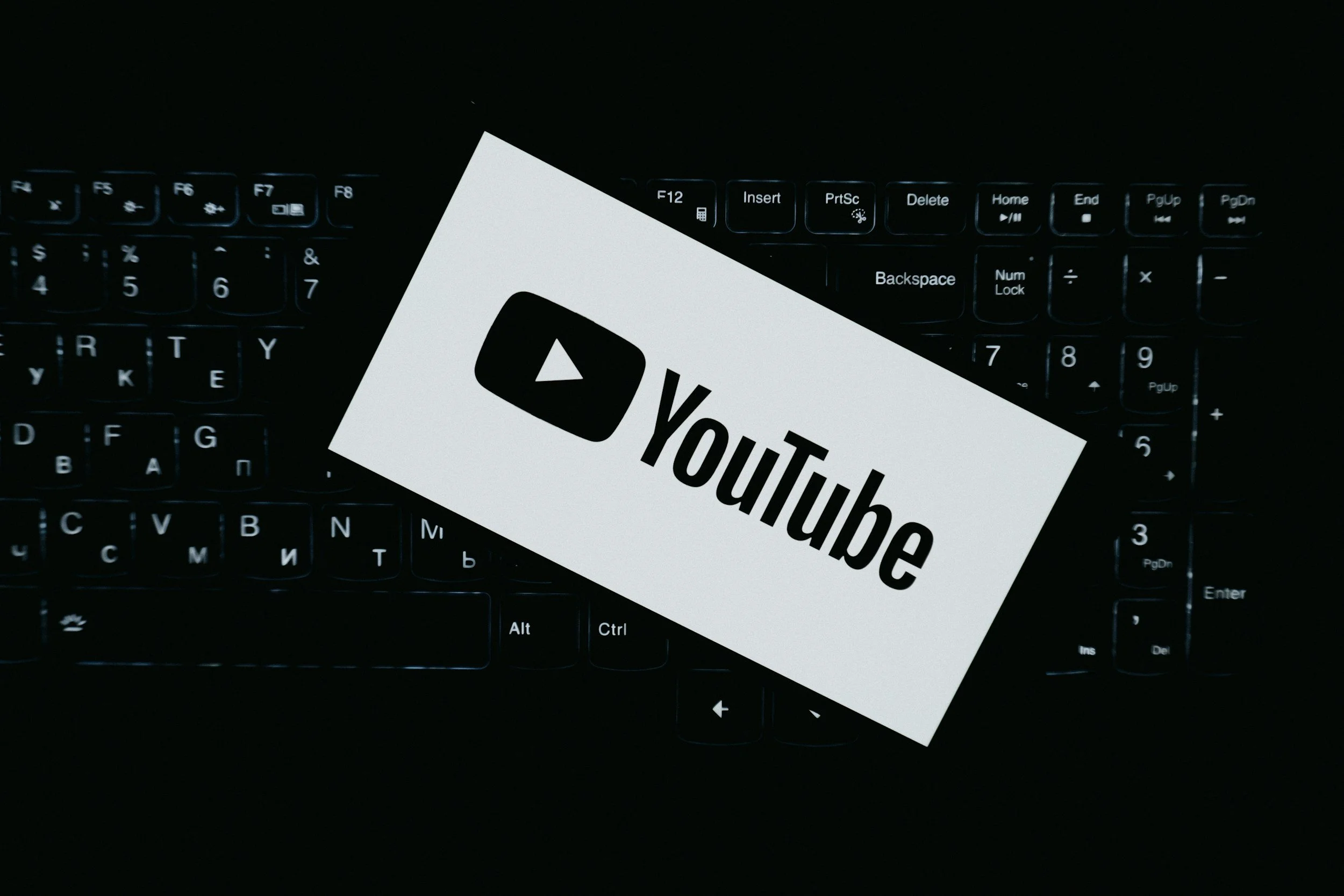Is Your Brand Still Working? 5 Signs It's Time for a Strategic Rebrand
Your business has been a fixture in the Hawaii community for years—maybe even decades. You’ve weathered economic shifts, served countless customers, and built a legacy you're proud of. But have you stopped to ask a critical question: has your brand kept up?
A brand is more than just a logo and a color scheme; it's the entire perception of your company. And just like any other business asset, it needs to be evaluated and maintained. What worked wonders ten years ago might be holding you back today.
A strategic rebrand isn't about erasing your history; it's about repositioning your business for the future. Here are five key signs that it might be time to consider a brand evolution.
1. Your Brand No Longer Reflects Who You Are
Businesses evolve. You may have started as a small, budget-focused service, but now you offer a premium, high-end experience. You might have expanded from one core service to a full suite of solutions.
If your branding—your logo, your messaging, your website—still reflects the business you were instead of the business you are, there's a disconnect. This can confuse customers and undervalue the quality and scope of your current offerings.
Local Example: A family-owned Kapolei construction company that started with small residential jobs but now handles large-scale commercial projects needs a brand that reflects its enhanced capabilities and professionalism.
2. You're Not Attracting the Right Customers (or Talent)
Are you constantly dealing with price shoppers when you want to attract value-focused clients? Is it difficult to recruit top-tier local talent? Your brand might be the culprit.
An outdated or poorly positioned brand can send the wrong signals. A modern, professional brand signals quality and attracts customers who are willing to pay for it. It also shows potential employees that you are a forward-thinking and dynamic company to work for.
3. Your Brand Looks Dated Compared to New Competitors
A new competitor opens up down the street. Their sleek website is engaging, and their branding feels fresh and modern. Suddenly, your trusted, established brand looks tired and out of touch by comparison.
In a visually-driven world, aesthetics matter. Consumers often associate modern design with quality and professionalism. If your brand looks like a relic from a different era, you risk losing market share to newer, more visually appealing competitors.
4. Your Message Has Become Unclear or Inconsistent
Over the years, as you've added services, launched new marketing campaigns, and had different people manage your communications, has your core message become diluted?
If you can't state what your business stands for in a single, compelling sentence, your customers won't be able to either. A strategic rebrand is an opportunity to reset and clarify your mission, vision, and value proposition, ensuring every piece of marketing material speaks with a single, powerful voice.
5. Your Business Has a Negative Reputation (or No Reputation)
Sometimes, a business needs a clean slate. If your brand is tied to a past negative event or a period of poor service, a rebrand can signal a new beginning.
Alternatively, you may simply have no strong brand reputation at all—you're a well-kept secret. A rebrand can be the catalyst for a powerful launch into the market, generating new buzz and capturing the attention you deserve.
The Rebranding Process: What to Expect
A true rebrand is a structured journey, not just a creative whim. Understanding the key phases can make the process far less intimidating. As detailed in case studies from publications like Harvard Business Review, a successful process typically includes:
Phase 1: Discovery & Strategy: This involves deep market research, competitive analysis, and internal workshops to define the new brand's core goals, target audience, and strategic positioning.
Phase 2: Creative Development: This is where the strategy comes to life. It includes the creation of the new visual identity (logo, color palette, typography) and the verbal identity (brand name, tagline, key messaging).
Phase 3: Implementation & Launch: This is the rollout phase, where the new brand is applied across all assets—from your website and signage to your social media profiles and marketing materials—culminating in a coordinated public launch.
The Brand Health Checklist
How is your brand really performing? Use this quick checklist to find out.
[ ] Does our mission statement accurately reflect what we do today?
[ ] Does our visual branding (logo, colors) look modern and professional?
[ ] Do we attract the high-value customers we want?
[ ] Is our brand message consistent across our website, social media, and print materials?
[ ] Can our employees easily explain what makes our company different from the competition?
If you answered "no" to two or more of these questions, it's a strong indicator that your brand could benefit from a strategic review.
A Rebrand is More Than a New Logo
It’s crucial to understand that a strategic rebrand is not just a cosmetic touch-up. It’s a deep, strategic process that involves market research, competitive analysis, and a clear understanding of your business goals. It's an opportunity to realign your brand with your vision for the future.
As a leading Hawaii branding agency, the team at JB Brands specializes in this transformative work. Our Creative Strategy & Branding service is designed to guide established businesses through every step of the rebranding process, from initial analysis to a successful launch.
If any of these signs resonated with you, it may be time to invest in your brand's future. Let's start a conversation about how a strategic rebrand can re-energize your business and position you for another decade of success in Hawaii.





















